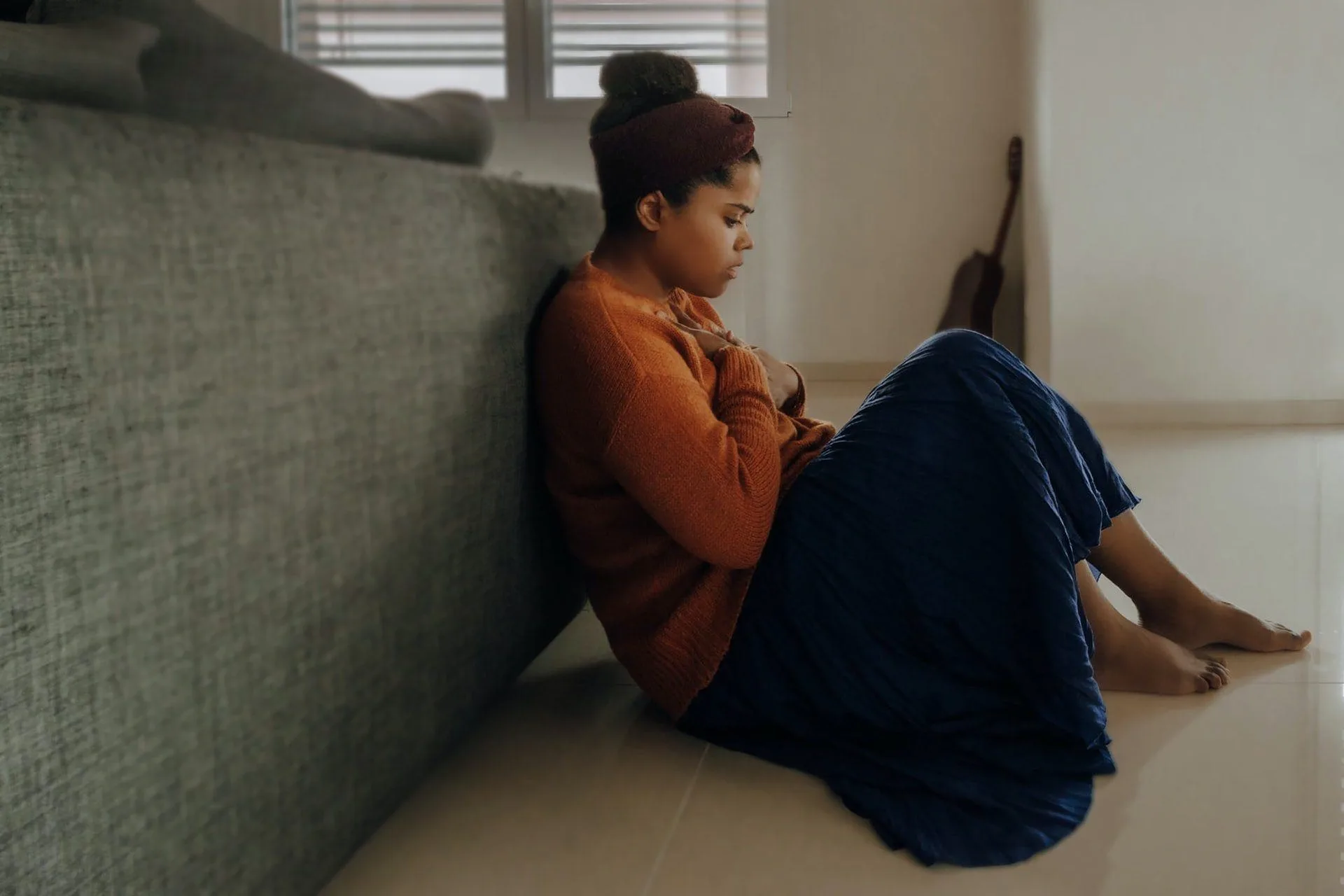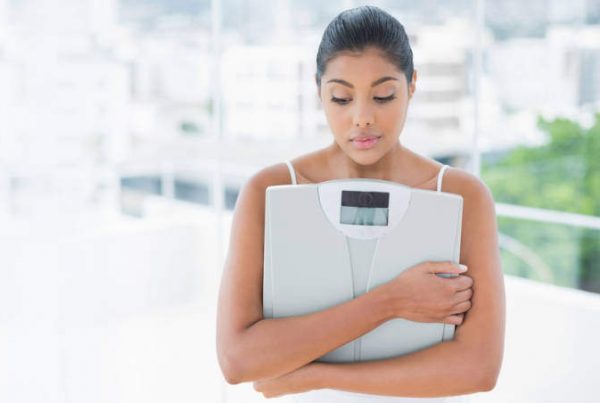Feelings of anxiety are part of the human experience, but they’re not pleasant, and most of us will do anything to avoid them if we can.
The body will pick up on a wide variety of signals and triggers throughout the day, and, mostly, we don’t even notice them. But when, over time, they build up, they can have a profound impact on mental health, increasing anxiety substantially, and even causing severe panic attacks. Seek professional help from a therapist in your area if needed for further support.
At work, anxiety, and depression can manifest as not just stress, but fear, and when it’s constant, anxiety can lead to burnout, depression disorders, and panic attacks.
But how do you know if the anxiety you’re experiencing is more than just “part of the human experience”?
Intense, excessive, and persistent worry and fear are signs of an anxiety disorder, and shouldn’t be ignored. Often, those who live with anxiety disorders will experience sudden, intense, and unmanageable feelings of fear, or even terror. Trauma, consistent stress, other mental health conditions, drugs, and alcohol can all trigger feelings of anxiety. The result is a fight-or-flight response, usually triggered only by severe threats, is triggered consistently by “normal” experiences.
Signs of a panic attack
- Accelerated or pounding heartbeat
- Shortness of breath
- Feeling as if you may be dying
- An impending sense of doom
- Chest pain or tightness
- Sweating
- Trembling or shaking
The problem is, when we focus on the symptoms of panic attacks, they become more intense. The key to stopping or minimizing a panic attack is to focus on your external world (sights, sounds, sensations), rather than the internal signs (heart racing, scary thoughts, or rapid breathing). If managing panic attacks has motivated you to start your own business centered around mental health support and wellness, consider setting up an LLC for extra legal protection and make sure to use the best LLC services to help you navigate the process without extra stress.
What causes a panic attack?
Sometimes, external factors, such as a stressful situation or a scary environment, can trigger a panic attack. But they can also be spontaneous, with no apparent cause. Some individuals have a history of anxiety, and this can trigger panic attacks.
Interestingly, everything we do on a daily basis can have an impact on our anxiety levels. When you think of what may be causing you to feel anxious, you likely don’t consider relatively simple things, such as how you sit. But, as it turns out, relatively minor parts of your day may just be causing you unnecessary anxiety.
Your panic-attack survival kit
Try putting together a small bag of items to reach for the next time a panic attack strikes.
1. Sensory grounding with ice or cold water
A washcloth and a water bottle are good starting points for a panic-attack survival kit. Panic attacks can make some people feel uncomfortably hot. A damp washcloth around the neck or face can ease this, and give you a sensation to think about.
Try:
- Holding an ice cube in your hand and focusing on the sensation;
- Placing a cold, wet washcloth on the back of your neck; or
- Dunk your head into a bowl of ice water.
2. Calm yourself with coping statements
It may seem counter-intuitive, but sometimes the best thing we can do is accept how we feel and allow it to take its course. Feelings of anxiety are normal and natural; by accepting what’s happening to us, we may be able to move our anxiety along faster than we would if we fought it. A coping statement is one way you can practice soothing self-talk during a panic attack. Concentrate on the words and how they sound, to get your mind off of the symptoms. Some examples of coping statements include:
- This feeling is uncomfortable, but not dangerous.
- This will pass.
- I can get through this.
- I’m not having a heart attack.
You can write one or more of these coping statements down to keep them in your survival kit.
3. Do square-breathing exercises
The above tips can be difficult to use in a crowded spot or if you don’t have the kit with you. Luckily, breathwork techniques can be done anywhere, anytime.
Square breathing uses four actions, each lasting about four seconds.
- Breathe in through your nose, while counting to four.
- Hold your breath for a count of four.
- Exhale slowly to a count of four.
- Hold your breath for a count of four.
Repeat these four actions, for as long as you need to.
4. Sit up
The body can influence the mind, so fix your posture. According to manual therapist and movement coach Aaron Alexander, of the Align Podcast, if you’re in one position for the duration of the day, “it becomes your personality”. A 2017 study found that 86% of college students had “an easier time accessing uplifting memories in an upright position”, and indeed, the opposite was also true.
Slumped shoulders are a physical sign of depression, as your body is physically pulled downwards, towards the ground. Make sure that you visualize how you want your body to feel, and pay attention to how it currently feels. Once you’ve defined how you want your body to feel, you’ll be able to reverse the negative pattern and, ultimately, get closer to your goal.
5. Distract yourself
Whenever you’re experiencing anxious thoughts, doing something that “fills your mind” and requires complete focus can be a good distraction. Small things, such as leaving the room or going outside, can be effective. Another technique that some people use to calm their anxiety is counting backwards.
When trying out this technique, find a quiet place, close your eyes, and count backwards until you feel your anxiety subside. If you don’t find that this helps, try something a little more complicated, such as counting back from 100 in 3s. Many individuals find that they can’t continue to worry when they’re focused on subtracting the numbers.
You can even use this technique when you’re out and about – at the shops, at work, or on the train.
Changing focus can be especially effective if you’re experiencing anxiety at night or in bed. Ruminating about what’s making you anxious will only prolong your feelings. Get out of bed and distract yourself.
6. Get up and get moving
Not only is exercise good for the body, but it’s vital for mental health and wellness too. Exercise can relieve symptoms of depression, such as fatigue, tension, and anger.
With PTSD, panic disorder, and other anxiety disorders, it has been reported that exercise can release pent-up tension and reduce feelings of fear and worry.
7. Use your phone
It may sound like the opposite of good advice, but your phone may be your savior when it comes to anxiety. Meditation apps such as Calm and Headspace have gained popularity in the past few years, and even more so since the COVID-19 pandemic. These apps have been designed to guide users in meditation, helping them to deal with anxiety, relieve stress and fall asleep.
Although we’re generally advised to put our phones away well before bed, in this case, we may be granted a reprieve. It’s obviously better not to sleep with your phone by your side, but meditating without guidance, when you’re not very good at it, is ill-advised.
Sleep apps use everything from colors and images to hypnotic techniques, guided meditations, and white noise, to aid relaxation. Sleep apps can also help to retrain the brain, and can be useful in cognitive behavioral therapy. While in-person counseling for insomnia is ideal, it’s often expensive. Apps that use “sleep hygiene” and cognitive behavior therapy to improve sleep behaviors are best.
8. Eat sour sweets
This may sound weird, but sucking on sour sweets is known to distract the mind, and will help to calm the panic. If you don’t have any handy, find some wasabi or similar hot, spicy, or sour food in the kitchen, and take a teaspoon of it slowly.
References:
Priory Group: https://www.priorygroup.com/mental-health/anxiety-treatment/how-to-calm-anxiety
Aaron Alexander: https://www.alignpodcast.com/about





![women [longevity live]](https://longevitylive.com/wp-content/uploads/2020/01/photo-of-women-walking-down-the-street-1116984-100x100.jpg)









